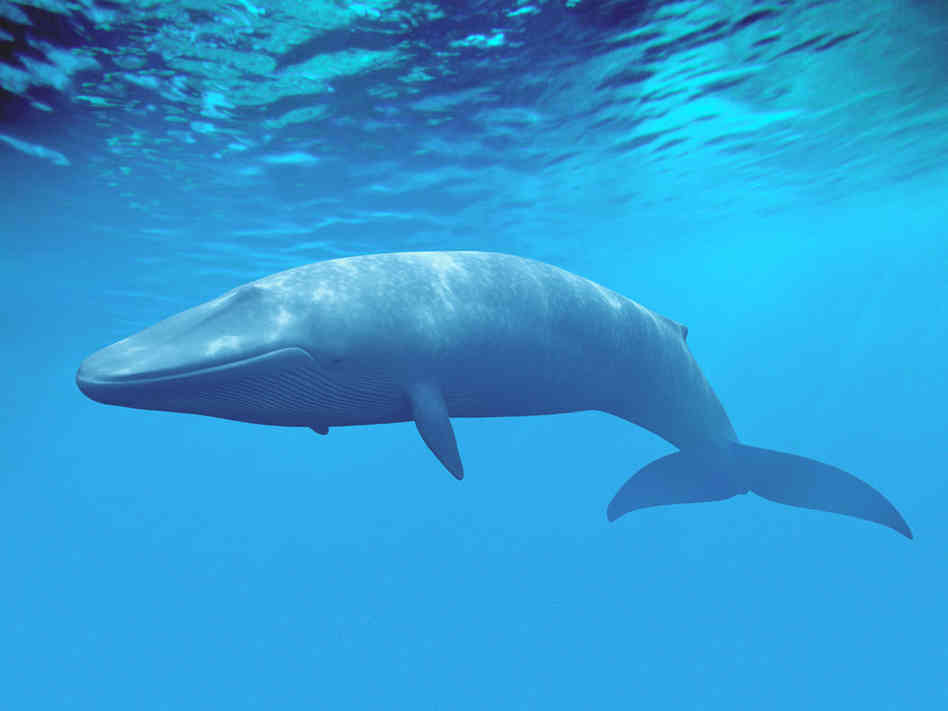But that will only hold good as long as the extra time is spent productively.
但这只有在额外的时间被有效利用的情况下才有效。
Dr Goldbogen and his team attached water-and-pressure-proof data-recording tags to a range of both toothed and baleen cetaceans,
Goldbogen博士和他的团队将防水和耐压的数据记录标签分别贴在了齿鲸和须鲸的身上
to see what they got up to on their hunting dives. In particular, accelerometers in the tags could record the sudden changes of speed,
以观察它们在潜水时的情况。尤其是标签上的加速器可记录速度的突然变化,
such as lunging movements, that are associated with predatory behaviours.
比如与捕食行为相关的冲刺运动。
Counting whale hunts per dive in this way, and knowing from previous studies what types of prey particular cetaceans favour,
用这种方式记录每次潜水时的鲸鱼捕食活动并根据先前的研究了解某类鲸鱼喜欢的猎物类型
the researchers were able to work out the feeding efficiencies—energy in versus energy out—of the two sorts of whale.
研究人员能够计算出两种鲸鱼的进食效率——输入能量对比输出能量。

Toothed whales, they found, are living on the edge, size-wise.
他们发现就体型而言,齿鲸生活在危险边缘。
The number of individual prey they are able to chase and capture in a single dive is just enough to sustain animals of their size.
它们每次潜入深海中能够捕获的单个猎物数量仅够维持它们这种体型的动物的生存。
By contrast, the baleen whales the researchers looked at, once they have encountered a shoal of prey, are in nutritional nirvana.
相比之下,研究人员观察到的须鲸一旦遇到一群猎物,就处于营养极乐世界。
A single lunge by a large rorqual, they reckon, can capture ten times as much food as the largest individual prey taken by toothed whales.
他们认为一只巨大鳁鲸的一次猛扑所捕获的食物是齿鲸所捕获的最大的单个猎物的十倍。
Toothed whales thus do seem to have hit some sort of size limit.
因此,齿鲸似乎确实有某种体型上的限制。
Perhaps, though, baleen whales might continue to evolve and get bigger still.
不过,也许须鲸会继续进化,变得更大。
The blue whale is, at the moment, the largest animal, extant or extinct, know to have lived. Might its descendants be larger yet?
目前,蓝鲸是已知的现存或已灭绝动物中最大的。它的后代或许会更大?
译文由可可原创,仅供学习交流使用,未经许可请勿转载。













